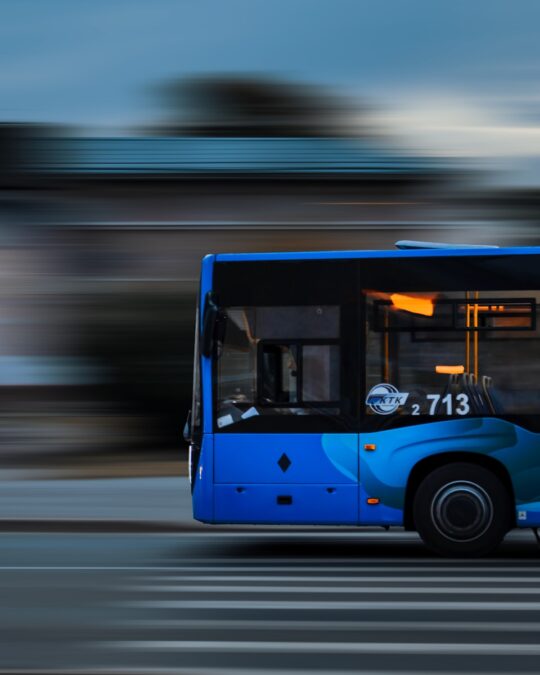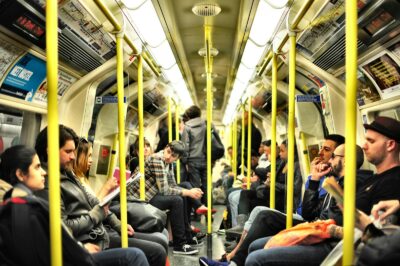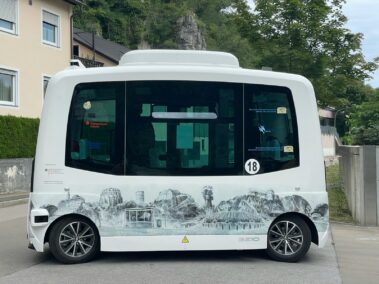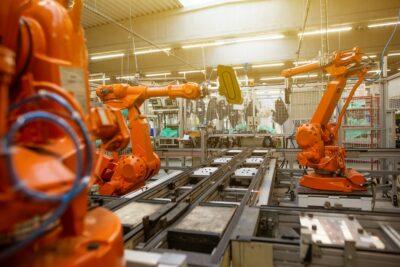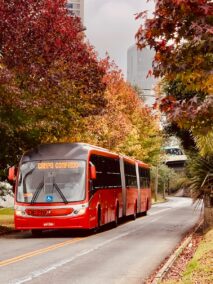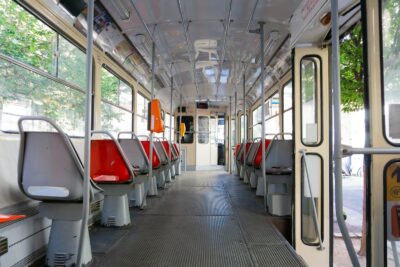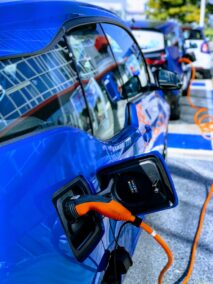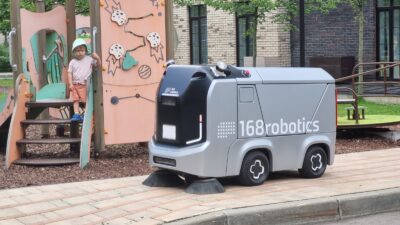Transforming Urban Mobility with Artificial Intelligence
In today’s rapidly evolving world, the efficient management of public transportation systems is crucial for fostering sustainable urban development and enhancing quality of life. As cities in Saudi Arabia and the UAE continue to grow and expand, the demand for reliable and efficient public transportation solutions has never been greater. Fortunately, advancements in artificial intelligence (AI) are revolutionizing the way public transportation systems are designed, operated, and optimized, paving the way for smarter and more sustainable urban mobility.
Optimizing Route Planning and Scheduling
One of the key applications of AI in public transportation is in optimizing route planning and scheduling. By analyzing vast amounts of data on passenger demand, traffic patterns, and environmental factors, AI algorithms can dynamically adjust routes and schedules to minimize congestion, reduce travel times, and enhance overall efficiency. In cities like Riyadh and Dubai, where traffic congestion is a major challenge, AI-powered route optimization can significantly improve the reliability and accessibility of public transportation, encouraging more people to use sustainable modes of transit.
Enhancing Passenger Experience and Safety
Moreover, AI technologies are being deployed to enhance the passenger experience and safety across public transportation networks. From predictive maintenance systems that anticipate and prevent equipment failures to AI-powered surveillance cameras that monitor for security threats in real-time, these innovations are helping to ensure the reliability, comfort, and security of public transit services. By leveraging AI to analyze passenger feedback and behavior, transportation authorities can also tailor services to meet the evolving needs and preferences of commuters, fostering a more user-centric approach to urban mobility.
Streamlining Operations with AI-Powered Maintenance
Another significant benefit of integrating AI into public transportation systems is the optimization of maintenance processes. Traditional maintenance practices often rely on fixed schedules or reactive approaches, leading to inefficiencies and unexpected disruptions. However, with AI-driven predictive maintenance solutions, transportation agencies can proactively identify potential issues before they escalate, allowing for timely repairs and minimizing downtime. By analyzing sensor data from vehicles and infrastructure, AI algorithms can detect early signs of wear and tear, equipment failures, or potential safety hazards, enabling maintenance teams to take preventive action and ensure the continued reliability and safety of the transportation network.
Enabling Seamless Multimodal Connectivity
In addition to improving the efficiency and reliability of individual modes of transit, AI plays a crucial role in enabling seamless multimodal connectivity within urban transportation networks. Through integrated mobility platforms and smart transit hubs, travelers can access real-time information on various transportation options, including buses, trains, taxis, ride-sharing services, and micro mobility solutions such as electric scooters and bikes. AI algorithms analyze data from different sources to optimize route planning and provide personalized journey recommendations based on factors like time, cost, and environmental impact. By promoting interoperability and coordination among different modes of transit, AI-driven solutions help reduce congestion, enhance accessibility, and promote sustainable travel behaviors.
Empowering Data-Driven Decision-Making
Furthermore, the adoption of AI in public transportation empowers decision-makers with valuable insights derived from data analytics. By collecting and analyzing data on passenger behavior, traffic flow, and operational performance, transportation agencies can gain a deeper understanding of the underlying trends and dynamics shaping urban mobility. These insights enable informed decision-making regarding infrastructure investments, service enhancements, and policy interventions aimed at addressing the evolving needs of commuters and optimizing the overall efficiency and sustainability of public transportation systems in Saudi Arabia and the UAE.
Investing in Future-Ready Infrastructure
As Saudi Arabia and the UAE position themselves as global leaders in innovation and smart city development, investing in AI-driven public transportation infrastructure is essential for staying ahead of the curve. By prioritizing investments in intelligent transportation systems, governments can create resilient, sustainable, and future-ready urban environments that cater to the evolving needs of their citizens and businesses. Leveraging AI technologies to optimize public transportation not only enhances the quality of life for residents but also contributes to economic growth, environmental sustainability, and social equity, positioning cities like Riyadh and Dubai as models of modern, efficient, and inclusive urban mobility.
#AI #PublicTransportation #Efficiency #UrbanMobility #SaudiArabia #UAE

